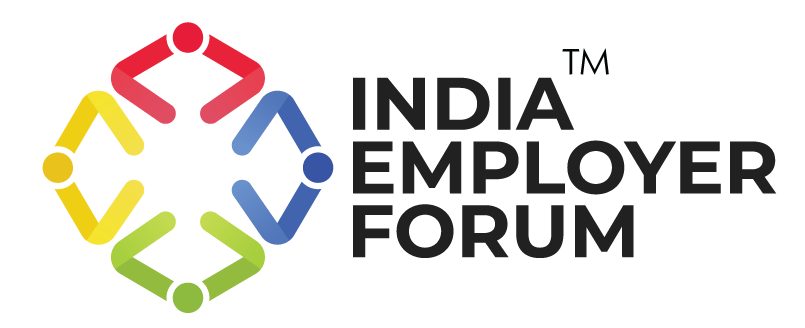The global technology workforce is gaining prominence in the current business landscape. With the advancement of artificial intelligence, innovation is highly valued as it enables businesses to automate repetitive tasks and concentrate on strategic initiatives. To achieve this, employers should understand the evolving priorities of the tech workforce and implement strategies aligned with these priorities to ensure talent retention and foster long-term business growth.
Trends Highlighting the Changing Priorities of the Global Tech Workforce
According to the 2024 Developer Survey by Stack Overflow, approximately 42% of technology professionals work in hybrid models, while only 20% reported being fully in-person. Similarly, a survey by Terminal indicates that about 47% of developers consider flexible working hours as the most valuable benefit of remote work.
Randstad’s Annual Review of the World of Work further reveals that nearly 83% of workers prioritise work-life balance over job security and pay. Collectively, these insights highlight the growing importance of flexibility in work models and schedules, enabling tech talent to achieve a healthier work-life balance.
Additionally, the PwC 2024 Global Workforce Hopes and Fears Survey notes that around 67% of employees are seeking job changes due to inadequate opportunities to learn new technical skills and tools, which are essential for career growth. A 2024 survey by Glassdoor reports that 73% of employees place greater value on a strong company culture than on pay.
This demonstrates that, alongside flexibility in working hours and modes, technology professionals also prioritise company culture, career growth, and competitive compensation when considering or switching to job opportunities.
Mitigation Strategies for Employers
Offer Flexible Working Models
Enable flexible working arrangements, whether remote or hybrid, to support employees in managing long commutes and dedicating more time to their work. Relax the rigid “9-to-5” schedules and introduce flexible working hours that allow employees to operate at their own pace. Such practices enhance productivity at work and overall job satisfaction.
Strengthen Learning & Development (L&D) Programs
Allocate adequate budgets for learning initiatives and invest in online platforms that provide certifications and upskilling opportunities in emerging technologies. Encourage employees to acquire secondary skills that bring diverse perspectives to projects. Offer mentorship for junior and mid-level professionals to support their career progression, considering the rapid evolution of technology. Promote internal mobility and facilitate project rotations to help employees gain exposure to different tech stacks and broaden their expertise.
Establish Fair Compensation
Provide salaries that are competitive and aligned with technology roles and prevailing industry trends. Maintain transparency in pay structures, enabling employees to clearly understand compensation components. Complement salaries with comprehensive benefits such as insurance, parental leave, and medical allowances. Together, these measures boost employee satisfaction, strengthen employer branding, and reduce attrition rates.
Foster an Inclusive Culture
Promote open communication through regular feedback sessions, interviews, and strategy discussions to identify employee challenges and expectations. Embed Diversity, Equity, and Inclusion (DEI) principles in hiring, recognising that women are increasingly contributing to the expanding tech workforce. Acknowledge and reward unique contributions and innovations, as technology is changing rapidly and continuous adoption is vital, particularly in the age of artificial intelligence. Such practices enhance employee recognition and contribute to long-term retention.
As the digital economy continues to evolve, the priorities of the tech workforce now extend far beyond compensation. Flexibility in work models, opportunities for continuous learning, competitive pay, and an inclusive culture influence how professionals evaluate job opportunities. Employers who proactively adapt to these shifting expectations can build a resilient and future-ready tech workforce, ensuring sustained innovation and growth in the age of artificial intelligence.






